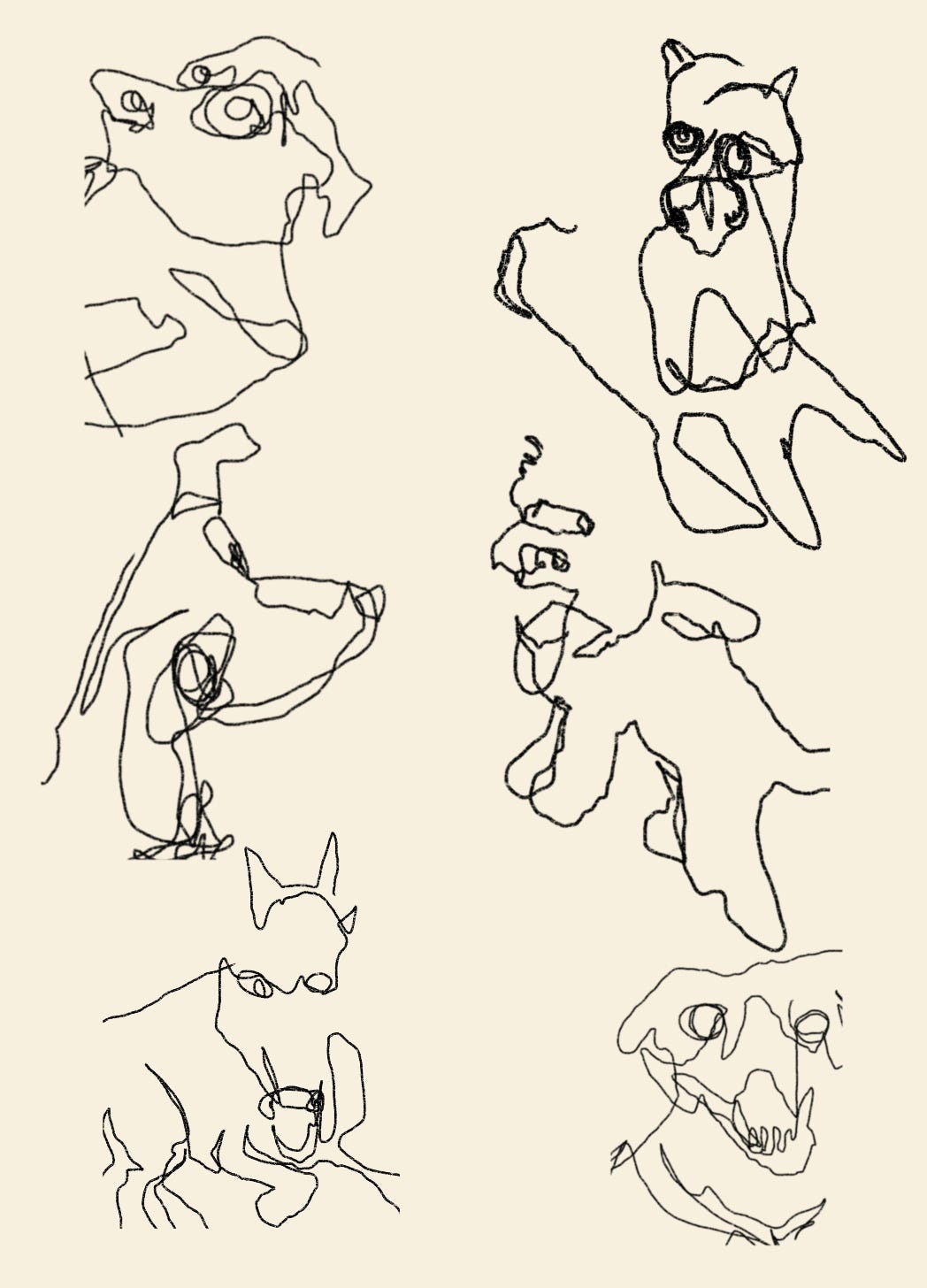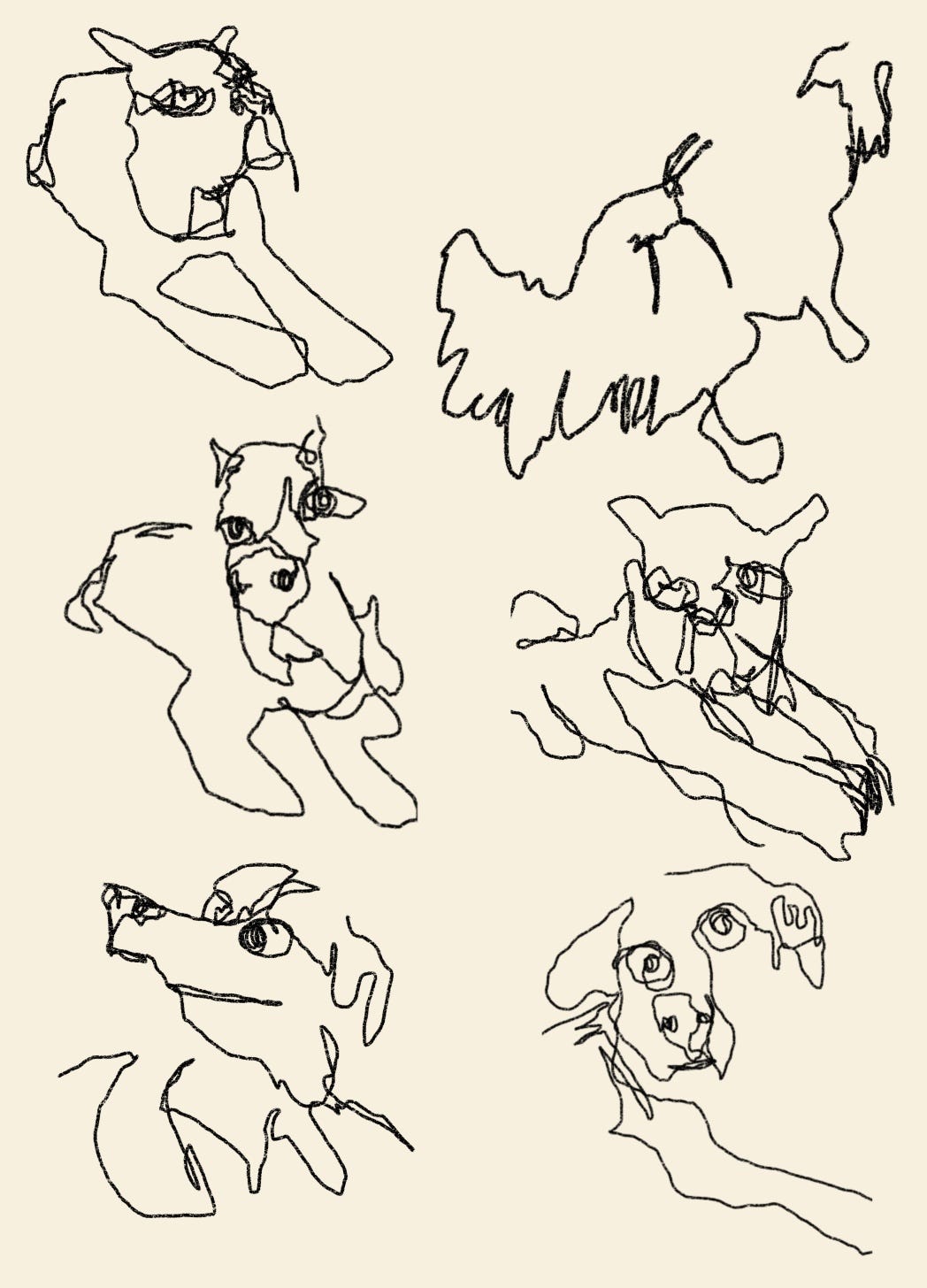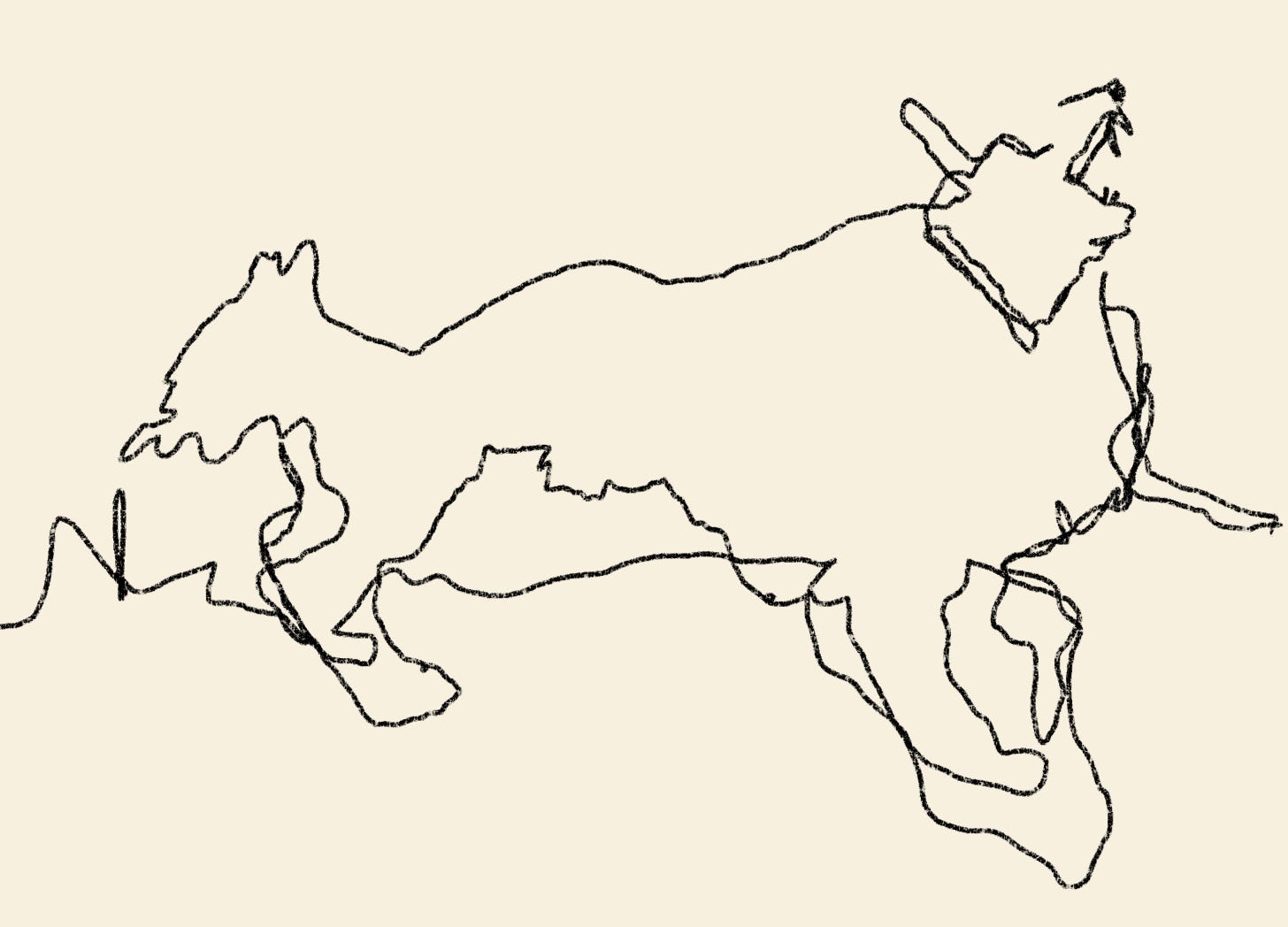We returned to Switzerland with the lengthening days.
Spring has arrived. Pungent lilacs my mom had introduced me to in her garden in Mississippi spill over the paths here in Zürich. Heaps of them. And just when the big leaf magnolia blooms have unfurled in the South, the tulip magnolias here are nearly gone.
Baby Arlo weathered the delays and stress of the trip better than we did. Which is something I’m thinking a lot about. How to be, in this destabilized world, a bit more like my baby. Specifically, in their slowness and lightness of being, their looking closely at everything.
Often with the news of the world, my anxiety bounces around like a distracted puppy. It’s truly grim in the U.S. The government continues to dismantle institutions, attack the most vulnerable, and repress dissent.
It’s grim in Europe and the Middle East too. Fascist ideologies bloom here again. Under Giorgia Meloni in Italy, with the rise of Alternative für Deutschland (AfD) in Germany, and with France’s Le Pen and the National Rally (RN). Far-right parties have gained power in Croatia, the Czech Republic, the Netherlands, and others. Netanyahu of Israel has forged global far-right alliances in support of his destruction of Palestinians in Gaza.
That the Liberal Party in Canada just won in Monday’s election on an anti-Trump platform gives a crumb of hope.
In this little apartment, amid the collective unease, I’m also just trying to make sense of my new role as a parent in a new place. Often I’m at odds with myself about my pace. It’s easy to get caught up in wishing change happened faster. Or rather it’s hard as hell to keep from getting caught up in this wish.
Looking closely and making slowly seem like two small antidotes to the overwhelm. Not everyone has the privilege of time and money to pause. Right now, thankfully, I do.
If possible, taking a moment to draw what we see can help. A blind contour drawing is especially freeing, because you put pencil to paper, look up at whatever you wish to sketch, and then draw without lifting the pencil or looking down at the paper. The artist and teacher Kimon Nicolaїdes introduced this technique in The Natural Way to Draw. It’s become a popular technique to tap into one’s senses of touch and sight and bypass the tendency to self-edit.
Drawing is something children freely do. But early on, many of us learn—falsely—that our artistic ability is based on how well we represent what we see. Through feedback from teachers, caregivers, and peers, we get tagged as being either good or bad at drawing what we see.
What a loss. Because interesting art is in the squiggly lines. In the misshapen things we make. It’s not in the the perfect rendering. And taking the time to make without critique can be an important practice of centering.
I’m trying to move a bit more like a baby, or a slow dog. Noticing, unrushed.
Looking a little more closely is no answer to what ails us, but it can be a source of steadiness in the tumult. A way to lengthen against what worries us. Maybe it can be just this for you too.






I felt this in my bones: "taking the time to make without critique can be an important practice of centering." Thank you for this incredibly grounding reflection.